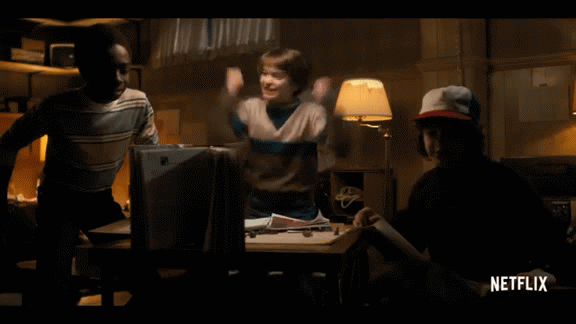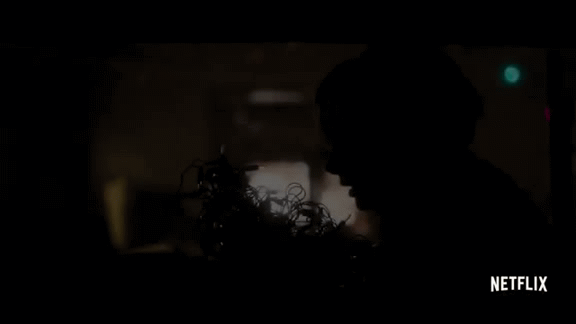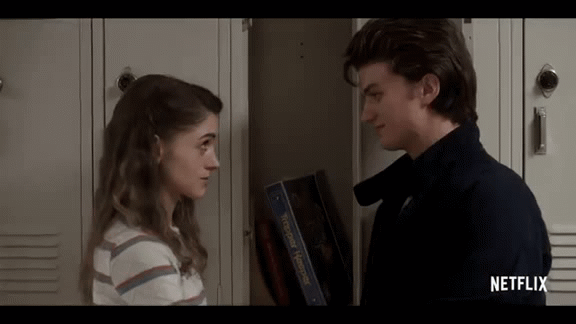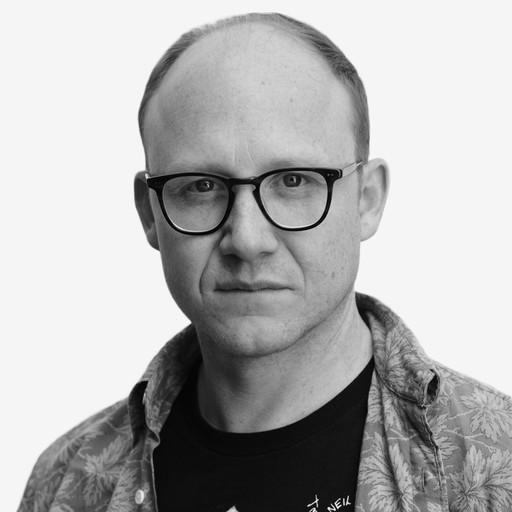Stranger Things is like Epcot Center. It takes something people are interested in and creates a world for them to visit. This world has the hallmarks of a place you know — maybe it’s something you remember, or a place you’ve imagined. Only, there have been improvements. It is a near-perfect version of that place, and when everything is clicking, it can feel like a better alternative to the one you are in.
For Epcot, the idea was the future, the world it created was an amusement park, and the improvements went toward a quasi-utopian crowd experience — lines that were always moving, an uncanny cleanliness, and the subtle loop of music playing as you visit.
For Stranger Things, the idea is the wonder of ’80s kid-sci-fi — a childhood most people have only experienced through movies. The eight-episode Netflix series, created by Matt and Ross Duffer (Hidden, Wayward Pines), plays with the intoxicating idea of a small town being confronted with a big universe. It’s set in the Reagan era of nuclear families, late–Cold War paranoia (remember the other Star Wars?), analog-to-digital technology (Casio watches, CB radios, etc.), and alternative popular culture hitting middle America. Where Steven Spielberg presented an idyllic vision of contemporary small-town life being upended by extraterrestrial visitors, the Duffer brothers have focused on creating an idyllic vision of Spielberg’s vision. This is reboot — not just of a single property, but an entire subgenre — as high art, diving deep into a set of plot points and visual cues while subtly revising some of the surrounding circumstances.

The basic setup: Stranger Things is set in Hawkins, Indiana, in 1983. It follows a group of X-Men comic–trading, Dungeons & Dragons–playing, Marty McFly–vest-wearing, BMX-riding cabbage patch kids. One night, one of them goes missing. There’s a distraught mother, a Difficult Man local chief of police, a conflicted older sister, a moody older brother who listens to Joy Division, a popular rich kid who thinks he looks like Tom Cruise in Risky Business, and a government conspiracy at the heart of it all.
"I didn’t want the film to look like it was made in 1979, but I wanted it to look the way we remember films looking from 1979." That was J.J. Abrams talking about his 2011 Spielberg-produced, Spielberg-homage Super 8, but it could have just as easily been the Duffer brothers talking about Stranger Things.
Starting with Super 8, there have been several explicit acts of VHS Core — a term we can use to loosely describe films that mix sci-fi adventure, varying degrees of horror, and coming-of-age innocence, while relying heavily on the cinematic style of Spielberg, Richard Donner, John Carpenter, and Tobe Hooper. It’s a reductive generalization of the work of several distinct filmmakers, but just go with me for a second. The Guest, It Follows, and Midnight Special are all recent examples of people who grew up with Spielberg, Carpenter, and James Cameron now making movies of their own. This is their childhood; we’re just living in it.
Stranger Things is VHS Core, and the Duffer brothers have an abandoned Blockbuster’s worth of reference points. There are hints of Flight of the Navigator, The Last Starfighter, The Goonies, and D.A.R.Y.L. The kids have the group dynamics of Stand by Me and the adorable nerdiness of the Explorers.
There are lens flares, dolly zooms, and Spielberg Faces galore, and the score is an explicit nod to Carpenter’s Halloween music.
The pervading influence of VHS Core on filmmakers has a lot to do with repetition. When I was kid, back in the early-to-mid-’80s, I would go to a tiny video store down the street from my house called The Movie People. It had a small selection — maybe a dozen shelves — and exorbitant late fees. And I loved it. That’s where I rented movies like Krull, The Last Starfighter, and Spacehunter: Adventures in the Forbidden Zone for the first time, and the 100th time. None of those titles is making an AFI list any time soon, but I would watch them over, and over, and over again. Everything about them — the story beats, the off-brand Han Solo sense of humor, the music, the romance — was incredibly formative. There just wasn’t that much stuff. So we watched the stuff we had a lot. It was bound to have an impact.
The same is true for the people who worked on Stranger Things. David Harbour, who plays the rough-around-the-edges Chief Hopper on the show, recently told Esquire, "I saw Raiders of the Lost Ark, like, 13 times in the movie theater. … Raiders of the Lost Ark and Jaws and E.T. and all of those Spielberg movies from that era — that was my film upbringing. It’s interesting to play a leading man in his 40s who is of the era from when I was watching Roy Scheider or Harrison Ford play these guys. Movies really do affect you, especially when you’re young, and I certainly learned what it was to be a man from some of their performances."
It’s underselling Harbour’s performance — at times sweet, scary, and gruff — to call it Scheider Karaoke. It has a brokenness that wouldn’t feel right in an early ’80s Spielberg movie. To their credit, the Duffer brothers recreate a cinematic ’80s experience, but they imbue it with the traumas that come after you leave that time. Goonies never say die, but our parents’ marriages did.
There is an edge of Stranger Things that makes it feel — and this is important — a little more modern. The elevator pitch is basically Broadchurch with aliens, with an equal amount of attention paid to both elements. Winona Ryder’s unhinged mother, who won’t let go of her son no matter how much the evidence contradicts her, is a thoroughly modern TV character. While everyone around her is thinking about casseroles and makeout parties, she is hitting the vodka and taking an ax to her living room walls. It’s a volcanic, uncool performance — like if Dee Wallace had an anxiety problem and went off her meds. The fact that Ryder — an ’80s icon of another kind — insisted on Meryl Streep’s Karen Silkwood hair is almost too perfect to contemplate.

The most brilliant thing the Duffer brothers do with this show — aside from casting Matthew Modine playing Peter Coyote as a platinum blond mad scientist, and everything the character Barb wears — is to make it feel as scary as it does safe. This was the secret to all these early ’80s films: They made you feel incredibly comfortable — the leaves blowing on the suburban streets, the perpetual magic-hour lighting, the ultimately kindhearted friends and neighbors — all while absolutely scaring the shit out of you. These films imagine the best place on Earth and then ask, what if the worst possible thing happened?
Of course, our idea of "best" has changed a lot over the years, and the Duffer brothers try their best to imagine a perfect little town through a 2016 lens. The cast is more diverse than one you would find in an actual movie from 1983; the class lines are drawn more clearly, and the federal government has an au courant partner in crime in big business. Even the popular kid becomes self-aware when he tries to take the shy girl to All the Right Moves.

And the music on the show is just awesome — almost too awesome. Of course the older brother lectures his younger brother on Television and Joy Division, and of course "Should I Stay or Should I Go" plays a big role in the story. If you could go back in time, wouldn’t you listen to The Clash more?
You can roll your eyes at this kind of revisionism. Reboots are easy targets, after all. In Stranger Things, nobody has acne, bullies get theirs, older brothers are caring and sweet toward their younger siblings, parents just want the best for their kids, and the universe isn’t really a desolate hall of horrors. But this is the show as Epcot — you’re having so much fun, everything is handled, everything is clean. The line between frightening and terrifying is respected. You are happy to be on this ride. You are even happier to know someone has made it safe.
